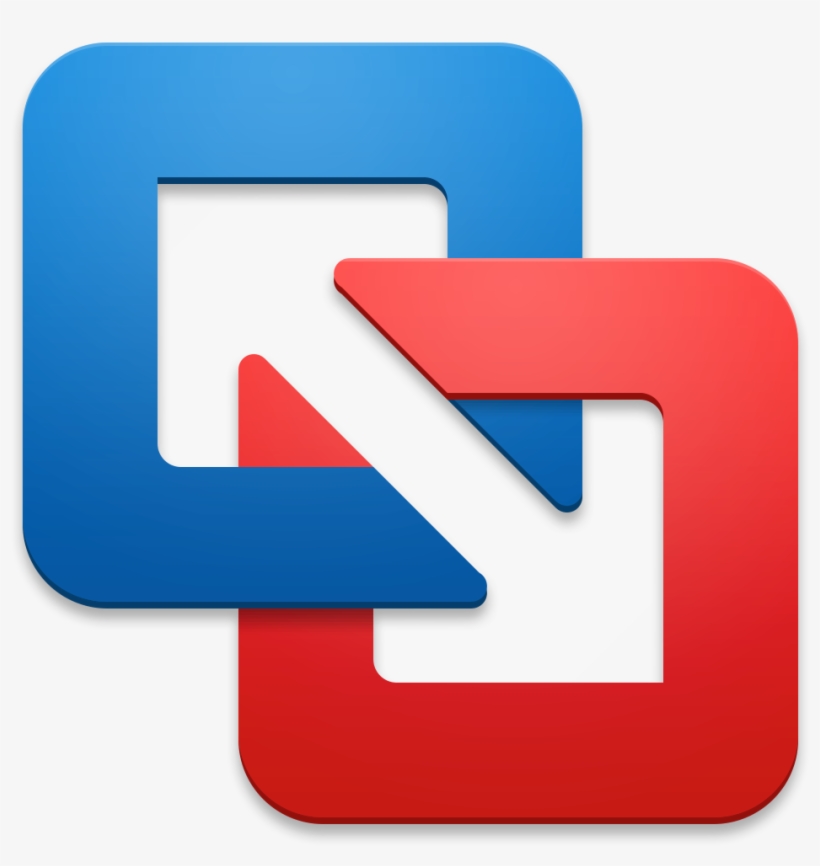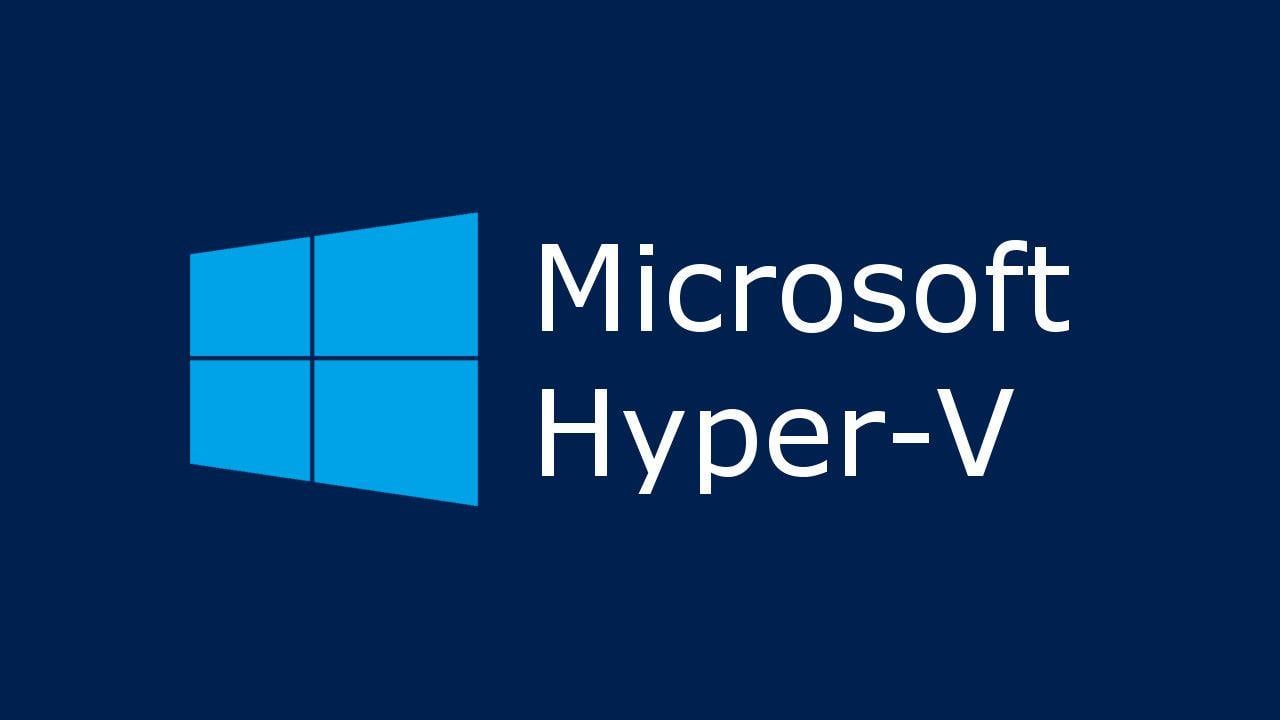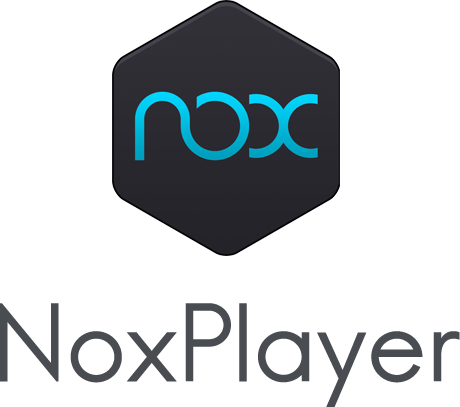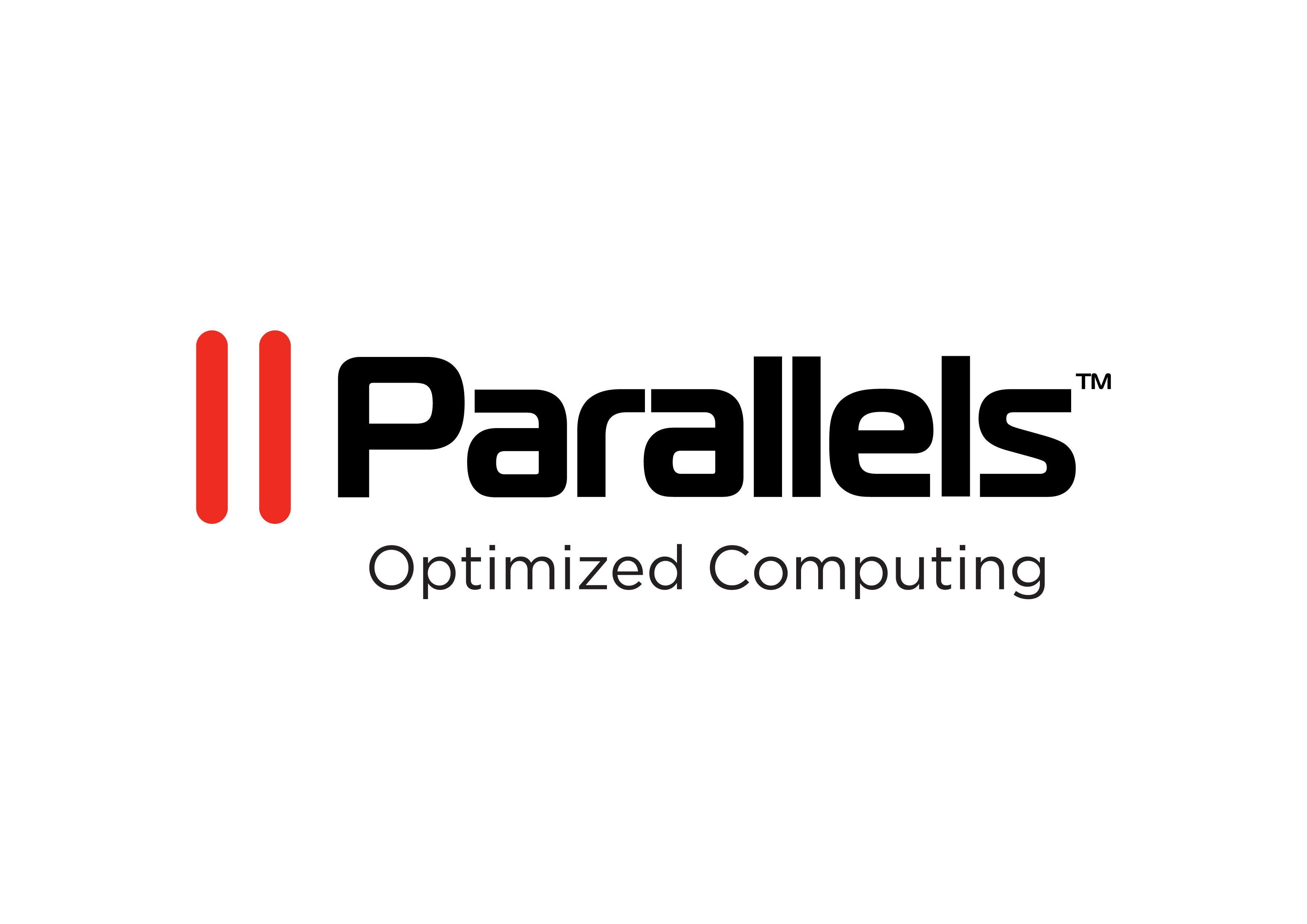
VMware Fusion 13.0.1
Unlock Windows on your Mac without reprogramming your entire setup – seamlessly run Windows and other OSes in a fully functional virtual environment.
About VMware Fusion
Unlocking the Power of Windows on Your Mac
Are you tired of being stuck between two worlds? Do you find yourself wanting to run your favorite Windows applications on your Mac, but don't want to reprogram your entire setup? You're not alone. Many users face this dilemma, and that's where VMware Fusion comes in – a game-changing virtualization solution that lets you unlock the full potential of your Mac.
The Frustrating Reality
Running Windows on a Mac can be a hassle. Whether it's installing cumbersome operating systems or dealing with compatibility issues, it's enough to make you wonder why you even bother. But what if you could run Windows in a fully functional virtual environment, without any of the headaches? That's where VMware Fusion steps in – a powerful and easy-to-use solution that lets you do just that.
Key Benefits
Seamless Integration: Run Windows and other OSes in a fully functional virtual environment, without any compatibility issues or reprogramming your entire setup.
Effortless Installation: Install Windows or other operating systems instantly, using VMware Fusion's intuitive interface.
Maximum Flexibility: Use multiple operating systems simultaneously, on the same machine.
VMware Fusion lets you run Windows and other OSes in a fully functional virtual environment, so you can get work done without any hassle.
The Power of Virtualization
Virtualization is a powerful technology that lets you create a virtual environment – a self-contained space that runs its own operating system. In the case of VMware Fusion, this means you can run Windows and other OSes inside your Mac's virtual machine, just like running any other application.
"VMware Fusion has been a lifesaver for me. I can finally run all my favorite Windows applications on my Mac without any hassle." – *Emily R., satisfied customer*
With VMware Fusion, you get access to the full range of Windows applications, including popular software like Microsoft Office and Adobe Photoshop. You also get access to other operating systems, including Linux and Chrome OS.
Advanced Features
High-Performance Virtualization: Enjoy fast performance and responsiveness in your virtual environment.
Easy Disk Management: Easily manage your virtual disks and storage space.
Robust Security: Take advantage of VMware's advanced security features to protect your virtual environment.
"I was blown away by the ease of use of VMware Fusion. It's incredibly intuitive, and I can finally run all my favorite Windows applications on my Mac." – John D., satisfied customer
Overcoming Common Challenges
Many users face common challenges when trying to run Windows on a Mac, such as:
Compatibility Issues: Compatibility issues between different operating systems can be frustrating.
Slow Performance: Slow performance in your virtual environment can be annoying.
VMware Fusion lets you overcome these challenges with its advanced features and seamless integration.
How it Works
VMware Fusion uses a combination of hardware and software to create a fully functional virtual environment. Here's how it works:
Hardware Acceleration: VMware Fusion uses the power of your Mac's GPU to accelerate virtualization.
Software Emulation: The software emulation process creates a self-contained space that runs its own operating system.
"I was amazed by the speed and responsiveness of my virtual environment in VMware Fusion." – Mark K., satisfied customer
Conclusion
VMware Fusion is the perfect solution for anyone who wants to run Windows and other OSes on their Mac. With its seamless integration, effortless installation, and maximum flexibility, it's a game-changer for anyone looking to unlock the full potential of their machine.
Try VMware Fusion today and discover a whole new world of possibilities!
Technical Information
VMware Fusion Documentation
System Requirements
To run VMware Fusion successfully, your system must meet the following requirements:
- Operating System: macOS 10.14 (Mojave) or later
- Processor: Intel Core i3-2100 or AMD equivalent (64-bit)
- Memory: 4 GB RAM (8 GB recommended)
- Storage: 20 GB available space for installation and operation
- GPU: Intel HD Graphics 4000 or AMD Radeon HD 7000 series (Integrated GPU supported)
- Network Connectivity: Ethernet connection required for hardware-assisted virtualization (HVT)
Browser Compatibility
VMware Fusion supports the following browsers for web-based access:
| Browser | Supported Version |
|---|---|
| Google Chrome | 70.0.3193.63 or later |
| Mozilla Firefox | 60.0.2 or later |
| Safari | 12.1 or later |
Installation Guide
Step-by-Step Instructions
- Download and Install VMware Fusion
- Go to the VMware website and download the latest version of VMware Fusion.
- Follow the installation instructions, which include agreeing to the terms of service and selecting the installation location.
- Launch VMware Fusion
- Once installed, launch VMware Fusion from the Applications folder or by searching for it in Spotlight.
- Create a New Virtual Machine
- Click on the "New" button in the toolbar to create a new virtual machine.
- Select the operating system you want to install (e.g., Windows 10) and follow the prompts to complete the setup process.
Command Line Example
To create a new virtual machine using the command line, use the following command:
vmwarefusion --createVM --os Windows10 --version 10.0 -- RAM 4096 --VHDPath /Users/username/VirtualMachines/
Common Installation Issues and Solutions
- Error: "Failed to initialize virtual machine"
- Solution: Ensure that the virtual machine is properly configured and that the operating system installation media is inserted.
- Error: "Insufficient memory for virtual machine"
- Solution: Increase the RAM allocation for the virtual machine or reduce the number of running virtual machines.
Post-Installation Steps
- Update the Virtual Machine's OS
- After installing a new operating system, update it to the latest version using Windows Update or another preferred method.
- Configure Network Settings
- Configure the network settings for the virtual machine to access the internet or other resources on the host machine.
Technical Architecture
VMware Fusion uses the following core technologies and frameworks:
- Virtualization Engine: VMware's proprietary virtualization engine, which provides hardware-assisted virtualization (HVT) and software-based emulation.
- Host-VM Interface: The Host-VM interface is a component that enables communication between the host machine and the virtual machine.
- Memory Management: VMware Fusion uses a combination of shared memory and private memory to manage virtual machines.
Databases, APIs, or Services
VMware Fusion connects to various databases, APIs, and services, including:
- VMware vCenter Server: A centralized management platform for managing and monitoring virtual machines.
- Virtual Machine Manager API: An API that provides programmatic access to virtual machine creation, configuration, and management.
Performance Considerations
To optimize performance, consider the following best practices:
- Hardware Requirements: Ensure that the host machine meets the recommended hardware requirements for VMware Fusion.
- Resource Allocation: Properly allocate resources (CPU, RAM, storage) to each virtual machine to ensure optimal performance.
- Virtual Machine Configuration: Optimize virtual machine configuration settings, such as memory allocation and network settings.
Dependencies
VMware Fusion relies on the following dependencies:
- Operating System: macOS 10.14 (Mojave) or later
- Libraries:
- OpenSSL (version 1.0.2k or later)
- SQLite3 (version 3.21.0 or later)
- Frameworks:
- VMware Fusion SDK (version 12.0 or later)
Prerequisite Software
To run VMware Fusion, ensure that the following prerequisite software is installed:
- macOS: macOS 10.14 (Mojave) or later
- Software Update: Ensure that the host machine is up-to-date with the latest software updates.
Compatibility Concerns or Version Requirements
VMware Fusion supports a wide range of operating systems, including Windows 10, Ubuntu, and CentOS. However, compatibility may vary depending on the specific version of VMware Fusion and the operating system being used.
System Requirements
| Operating System | Cross-platform |
| Additional Requirements | See technical information above |
File Information
| Size | 600 MB |
| Version | 13.0.1 |
| License | Commercial |
User Reviews
Write a Review
Download Now
Software Details
| Category: | Emulators & Virtualization |
| Developer: | VMware (Broadcom) |
| License: | Commercial |
| Added on: | April 25, 2022 |
| Updated on: | January 30, 2025 |




